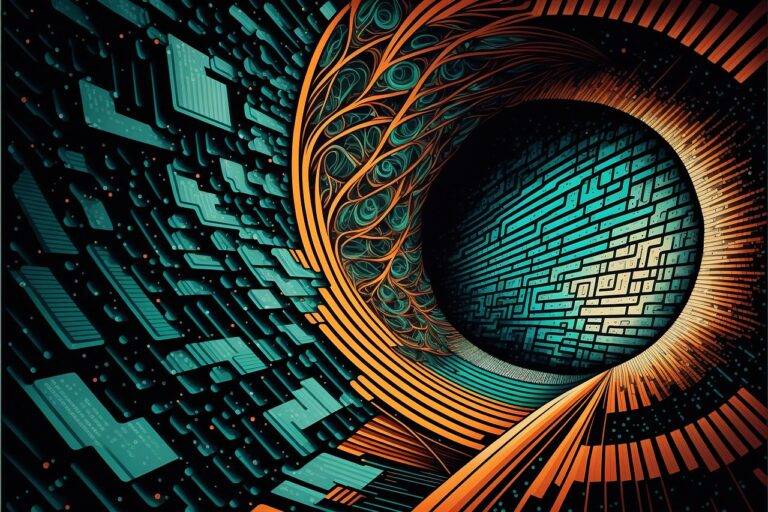Navigating the World of NFTs: A Beginner’s Guide
Non-fungible tokens (NFTs) have been making waves in the art and digital world recently. These unique digital assets represent ownership or proof of authenticity for a specific item or piece of content. Unlike cryptocurrencies such as Bitcoin or Ethereum, NFTs are not interchangeable and each one holds distinct value.
Each NFT is stored on a blockchain, a decentralized digital ledger that ensures its security and immutability. This technology allows NFTs to be bought, sold, and traded securely, providing a transparent record of ownership that can be easily verified. Artists, musicians, and creators are now utilizing NFTs as a new platform to showcase and sell their work in the digital realm, opening up a world of possibilities for ownership and copyright protection.
What are NFTs?
NFTs, or non-fungible tokens, are unique digital assets that are stored on a blockchain, making them one-of-a-kind and not interchangeable. Unlike cryptocurrencies such as Bitcoin or Ethereum, which are fungible and can be exchanged identically, NFTs represent ownership or proof of authenticity of a specific item or piece of content.
These digital tokens have gained significant popularity in the worlds of art, collectibles, gaming, and even virtual real estate. Artists and creators can tokenize their work as NFTs, allowing them to retain ownership rights and potentially earn royalties from future resales. NFTs also provide a way for collectors to own and trade digital assets securely using blockchain technology.
• NFTs are unique digital assets stored on a blockchain
• They are one-of-a-kind and not interchangeable like cryptocurrencies
• NFTs represent ownership or proof of authenticity of specific items or content
• Popular in art, collectibles, gaming, and virtual real estate industries
• Artists can tokenize their work as NFTs to retain ownership rights and earn royalties from resales
How do NFTs work?
NFTs, or non-fungible tokens, operate on blockchain technology, a decentralized digital ledger that records transactions. Each NFT is unique and cannot be replicated, representing ownership and authenticity of a specific digital asset. Through smart contracts, NFTs are created, bought, and sold on various online platforms.
When a creator mints an NFT, they assign specific data to represent the digital asset and verify its authenticity. This data is stored within the NFT, providing a secure and transparent way to track ownership. The ownership information is stored on the blockchain, ensuring that it cannot be altered or tampered with, making NFTs valuable digital assets in today’s digital economy.
What is an NFT?
NFT stands for Non-Fungible Token, which is a type of digital asset that represents ownership of a unique item or piece of content using blockchain technology.
How do NFTs work?
NFTs work by creating a digital certificate of ownership for a specific item or piece of content, which is then stored on a blockchain. This certificate includes information about the item’s authenticity, ownership history, and other details that make it unique.
What makes NFTs different from other digital assets?
Unlike other digital assets, NFTs are non-fungible, meaning each one is unique and cannot be exchanged on a one-to-one basis. This uniqueness is what gives NFTs their value and appeal to collectors and creators.
How are NFTs bought and sold?
NFTs are bought and sold in online marketplaces using cryptocurrency. Buyers can bid on NFTs or purchase them directly from the creator or current owner. The transaction is recorded on the blockchain, providing a secure and transparent way to transfer ownership.
Can anyone create an NFT?
Yes, anyone with access to the necessary technology and platforms can create an NFT. This has led to a wide variety of NFTs being created, from digital art and music to virtual real estate and collectibles.
Are NFTs environmentally friendly?
The energy consumption of blockchain technology, which is used to create and trade NFTs, has raised concerns about its environmental impact. Some blockchain networks are working to reduce their energy usage, but it remains a topic of debate in the NFT community.





